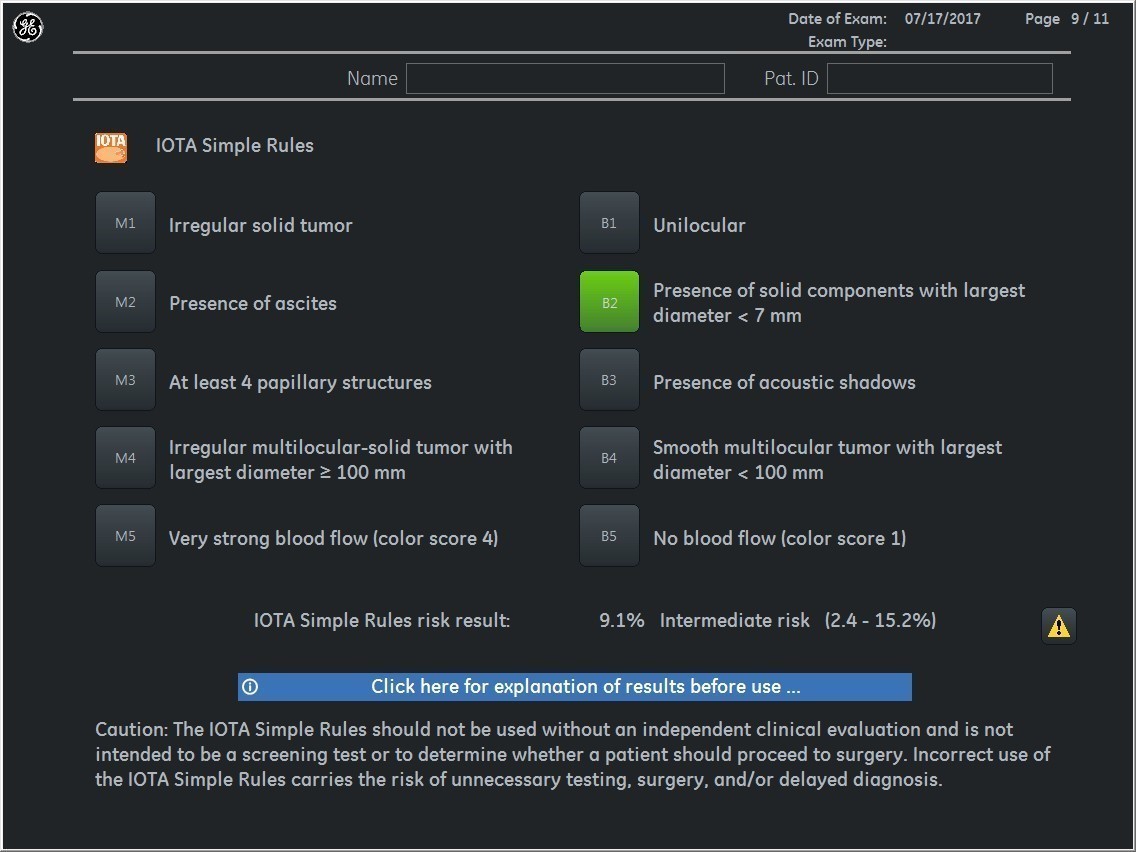Physician turnover is an expensive facet of private practice. In 2016, Today's Hospitalist estimated the basic cost of replacing a doctor was somewhere between $200,000 and $300,000. It might seem pricey at first glance, but this amount includes everything from advertising openings to training and vetting new doctors.
In order to keep your practice fully staffed without spending a small fortune on hiring, you'll need to understand why most physicians leave their jobs and learn how you can leverage workplace tools such as ultrasound to streamline workflows and improve physician retention.
Drivers of Physician Turnover
A recent MGMA Stat poll revealed that 59 percent of practices surveyed had lost a physician during the past year. While the most common reason cited for turnover was retirement, other top reasons included "lack of alignment," "unmet expectations," "frustration with leadership" and "burnout." To improve physician retention, gynecology offices should consider turnover factors like these during the hiring process.
MGMA Stat recommends that practices take their time during interviews to make sure each applicant understands and agrees with the workplace culture and expectations. Hires should be followed by a thorough training process that offers the new hire continuous feedback, especially through the first year.
However, newcomers aren't the only ones who need to be retained. Smart medical practice management fosters good communication and encourages physicians and staff to speak up about problems and new ideas. Some of the most common problems and ideas for change might center around improving workflows and practice efficiency.
Letting the Machines Do the Work
Burnout can happen when physicians feel bogged down by non-clinical tasks or inefficient procedures. Improve physician retention by letting the machines do the work. With advanced ultrasound machines, gynecology practices can expedite post-exam tasks such as image archiving or file transfers using embedded cloud connectivity. They can also significantly reduce the time spent on exams without sacrificing the quality of patient care.
For example, Voluson(TM) technology reduces the number of steps usually required for a scan. The Scan Assistant feature walks users through standardized scanning protocols, such as those published by the International Ovarian Tumor Analysis (IOTA) group or guidelines tailored for the individual practice. Embedded programming enables the machine to anticipate and advance to the next view and perform measurements automatically. These built-in features produce results that are consistent and reproducible between users, with a 70 percent faster image acquisition time.

Voluson IOTA Simple Rules Scan Assistant
Preventing Physician Injuries
Turnover and burnout in gynecology practices can also be influenced by repetitive use injuries from performing ultrasound scans. The Society of Diagnostic Medical Sonography (SDMS) found that up to 90 percent of clinicians who use diagnostic medical sonography have experienced pain during exams. Musculoskeletal problems from repetitive ultrasound work most commonly occur in the neck, shoulders, hands and wrists.
Practice managers should review the SDMS' recommendations in order to help reduce workplace injuries and physician turnover. They should also provide physicians and sonographers with ergonomic workstations and equipment. Through lighter probes, intuitive controls that reduce keystrokes and articulating monitors, Voluson technology can reduce the physical strain sustained of performing scans.
Finally, don't skimp on equipment training. Each physician represents an investment in your practice. Similarly, medical technology like ultrasound machines is an investment meant to enhance your business and your patients' health. Private practices should take advantage of free training from vendors and manufacturers. When each physician is trained to use the equipment and all its features properly and efficiently, your practice can run smoothly and keep its staff feeling valued.



